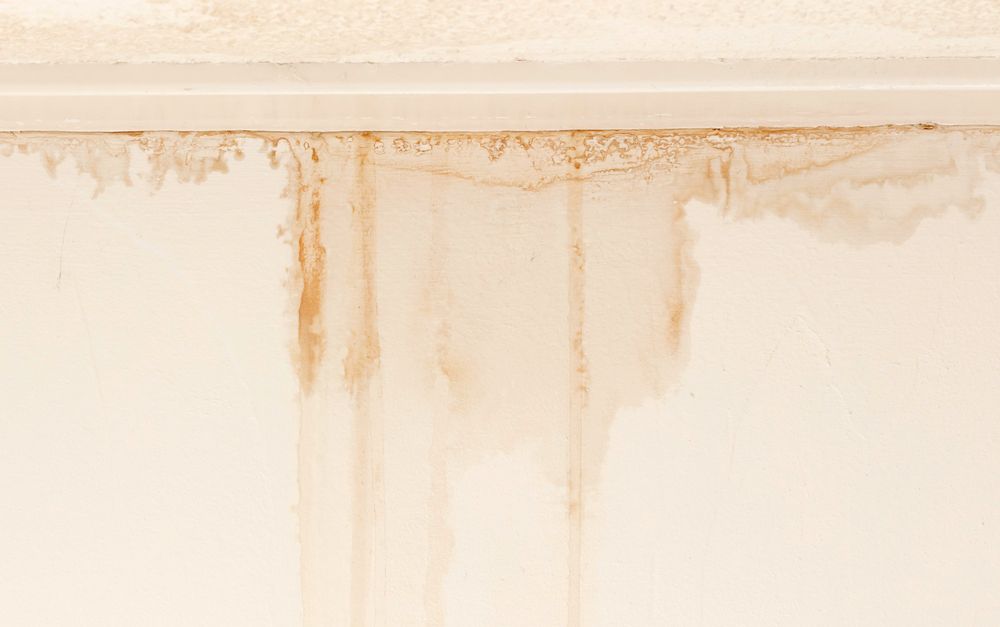We've unearthed this great article on Leaking water lines directly below on the internet and figured it made perfect sense to share it with you here.

Early discovery of dripping water lines can alleviate a possible disaster. Some tiny water leaks might not be visible.
1. Analyze the Water Meter
Every residence has a water meter. Checking it is a guaranteed way that aids you discover leaks. For starters, switch off all the water sources. Ensure nobody will certainly purge, make use of the tap, shower, run the washing machine or dishwasher. From there, go to the meter as well as watch if it will change. Since no person is utilizing it, there need to be no motions. That shows a fast-moving leak if it relocates. If you identify no changes, wait an hour or 2 and examine back again. This implies you may have a slow leakage that might also be underground.
2. Examine Water Intake
If you identify sudden adjustments, despite your usage being the same, it suggests that you have leaks in your plumbing system. A sudden spike in your costs shows a fast-moving leak.
Meanwhile, a constant increase on a monthly basis, even with the very same behaviors, shows you have a slow-moving leak that's also gradually escalating. Call a plumber to extensively examine your home, specifically if you really feel a cozy location on your flooring with piping underneath.
3. Do a Food Coloring Test
When it involves water usage, 30% comes from toilets. Examination to see if they are running appropriately. Decline specks of food shade in the container and wait 10 minutes. If the shade in some way infiltrates your dish throughout that time without flushing, there's a leakage between the container as well as dish.
4. Asses Exterior Lines
Don't forget to check your outside water lines as well. Must water seep out of the link, you have a loosened rubber gasket. One little leak can lose lots of water as well as spike your water expense.
5. Analyze the circumstance as well as check
Home owners should make it a behavior to check under the sink counters as well as even inside closets for any type of bad odor or mold development. These two warnings suggest a leak so prompt interest is called for. Doing regular evaluations, even bi-annually, can conserve you from a major problem.
Extra importantly, if you understand your home is already old, maintain a watchful eye on your heaters, pipes, pipelines and so on. Look for discolorations and weakening as many devices and pipelines have a life span. They will certainly additionally naturally weaken as a result of tear and also wear. Don't wait for it to escalate if you presume dripping water lines in your plumbing system. Call an expert plumber right now so you do not wind up with an awful mess in your house.
Early discovery of dripping water lines can reduce a possible catastrophe. Some little water leakages might not be visible. Examining it is a surefire method that helps you uncover leaks. One little leak can throw away tons of water and also surge your water expense.
If you presume dripping water lines in your plumbing system, do not wait for it to escalate.
WARNING SIGNS OF WATER LEAKAGE BEHIND THE WALL
PERSISTENT MUSTY ODORS
As water slowly drips from a leaky pipe inside the wall, flooring and sheetrock stay damp and develop an odor similar to wet cardboard. It generates a musty smell that can help you find hidden leaks.
MOLD IN UNUSUAL AREAS
Mold usually grows in wet areas like kitchens, baths and laundry rooms. If you spot the stuff on walls or baseboards in other rooms of the house, it’s a good indicator of undetected water leaks.
STAINS THAT GROW
When mold thrives around a leaky pipe, it sometimes takes hold on the inside surface of the affected wall. A growing stain on otherwise clean sheetrock is often your sign of a hidden plumbing problem.
PEELING OR BUBBLING WALLPAPER / PAINT
This clue is easy to miss in rooms that don’t get much use. When you see wallpaper separating along seams or paint bubbling or flaking off the wall, blame sheetrock that stays wet because of an undetected leak.
BUCKLED CEILINGS AND STAINED FLOORS
If ceilings or floors in bathrooms, kitchens or laundry areas develop structural problems, don’t rule out constant damp inside the walls. Wet sheetrock can affect adjacent framing, flooring and ceilings.
https://www.servicemasterbyzaba.com/blog/how-to-detect-water-leakage-in-walls/

I have been very curious about Top leak detection hacks and I really hope you liked the post. Do you know about someone else who is occupied with the niche? Why not share it. Thanks a bunch for your time. Come back soon.